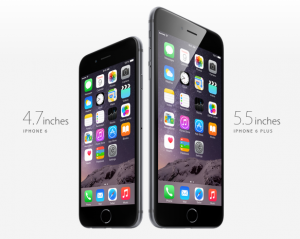By DYLAN WEEMS
With the gradual shift of news from the traditional hard-copy paper format to online journalism, advertisers have found it much more difficult to reach readers.
According to a study done by the Rich Media Gallery, banner advertisements on websites are clicked on purposefully only 0.17% of the time. Now, in an effort to increase the viewing of advertisements, companies have turned to a strategy known as native advertising. It is a strategy that essentially takes an ad and disguises it as a news story.
Native advertising has many journalists worried that the news industry as we know it will die. Independent journalism could nearly vanish if other companies are able to interject their advertisements into real news stories. The popular website BuzzFeed is notorious for this. One hundred percent of its revenue comes from “branding content.” This means that there are articles such as “9 Ways Cleaning Has Become Smarter”… sponsored by Swiffer.
Arguments have been made that “as long as the reader knows the difference between a news article and native advertising, there shouldn’t be a problem.” However, less than half of readers actually can discern the difference because the entire point of the ad is to disguise itself as a news story.
BuzzFeed is not the only website guilty of utilizing native advertising. Even The New York Times ran a “story” on women’s prisons that was really a promotion for season two of the popular TV show “Orange is the New Black.”
Finally, there is some fault to the reader here. The best way to get rid of native advertising is to start paying for online news, but it seems that no one is willing to do that because the Internet is just too convenient.
Obviously, no one really what the full extent of native advertising will be just yet. Only time will tell. Hopefully, the days of a free and independent press in America are not over.



